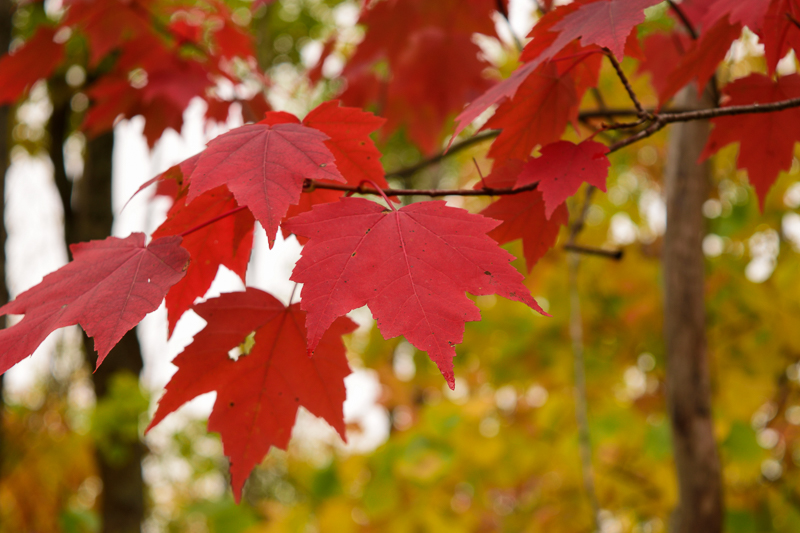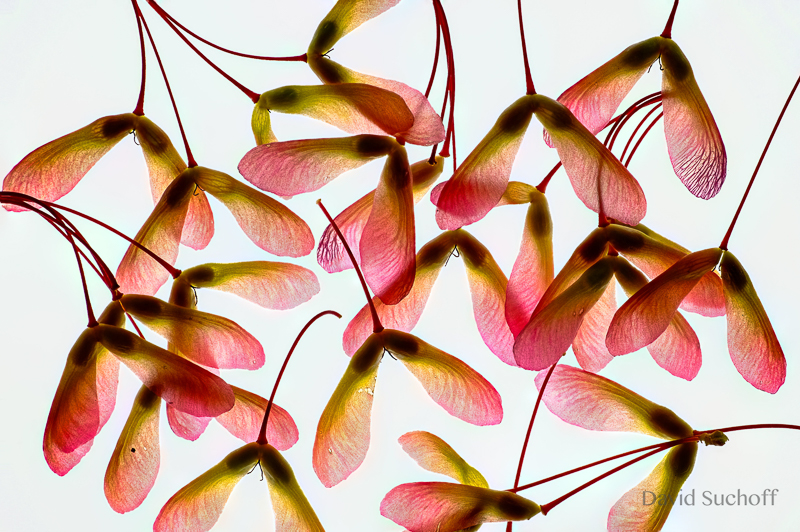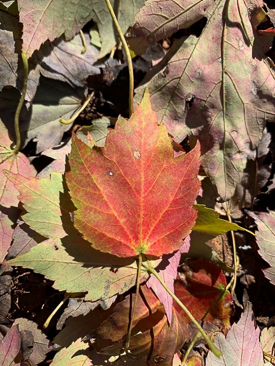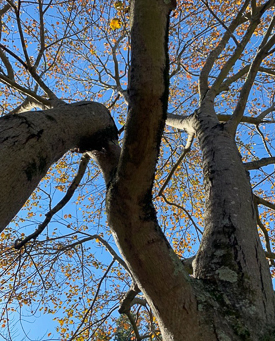Nature Now! “A” is for Autumn (or Acer rubrum)
For immediate release ‐ October 23, 2020
Nature Now
Contact: Jon Pishney, 919.707.8083. Images available upon request

My favorite time of year is when the temperature begins to drop and “sweater weather” approaches. The coloration throughout the autumnal season has always brought me happiness and is best represented by the Red Maple (Acer rubrum). Originally classified in the Aceraceae family, it is now included in the wider family of Sapindaceae. Taxonomists and scientists have developed DNA datasets to demonstrate the closeness of Red Maples with other species such as Horse Chestnuts, Sugar, Japanese and Silver Maples and have classified all of these species under the larger umbrella of Sapindaceae.
Although they are not considered to be on the larger side, ranging from 60 to 90 feet in height and 18 to 30 inches in diameter, it is likely that you commonly see Red Maples since they are one of the most common trees in the United States and present with bright orange to red foliage. Although Red Maples are one of the first trees to sprout in the spring, unlike many other trees that quickly lose their leaves, Red Maples keep their bright coloration consistently throughout the autumn months (and make some great backdrops for your seasonal photos!).


It is possible that you notice the flower clusters first in the springtime and then, as the seasons change, red or green samara (winged seed) clusters hanging from the branches. If you have ever seen helicopter-like seeds falling from the trees, you have probably seen samaras from the Red Maple and didn’t even know! Red Maples are considered to be somewhat aggressive and dominant due to their ability to easily germinate. The samaras’ “helicopter flight” ensures that the seedlings from the tree travel far from their original site to ensure no competition occurs. Be sure to take a closer look at the leaves of maple trees you see too; it will tell you a lot about the tree if you are unsure! Red Maples have 3–5 lobes per leaf and will occasionally have a silver undertone from their waxy coating.

Unlike many tree species, Acer rubrum has thin bark and weak branches, making it difficult for it to withstand severe storms and especially difficult to maintain structure when snow falls and accumulates weight on the branches. Despite their inability to withstand surplus weight and weather, Red Maples are commonly used in residential areas. Their ability to stand out in comparison to other trees due to their coloration and their ability to produce maple for commercial use make them an attractive species in developing cities and towns. Maple syrup production, for example, is a common use for this species, so the next time you put syrup on your pancakes, ponder how it got there and think of the Red Maple!

Although Acer rubrum may not have the best reputation when it comes to withstanding harsh weather conditions, don’t be fooled because they are resilient! Plant a Red Maple in your yard and return each year to see the progress. You could even try to outlive your Red Maple tree if you wanted, but I doubt you will win! Age records for a singular Red Maple tree has dated it back approximately 150 years!
My interest in the Red Maple is based not only on their autumnal coloration, but also on their ability to attract animals to be used as a habitat as well. Red Maples provide home to Rosy Maple Moths and squirrels. Sometimes you will see big holes, burrs and knotholes in the trees. These holes aren’t damage to the tree but instead are shelter for animals, who are most active during the autumn season.
Whenever you think of autumn, I hope you think of red and remember the beautiful coloration of the Red Maple! Now that you know what they are, don’t be surprised when you start seeing them everywhere you go, especially during this time of year. Oh yeah, and don’t forget to turn to the person next to you and tell them about Acer rubrum when you see them, too!
Contributed by Lexi Petruccelli, Naturalist Center Intern.

